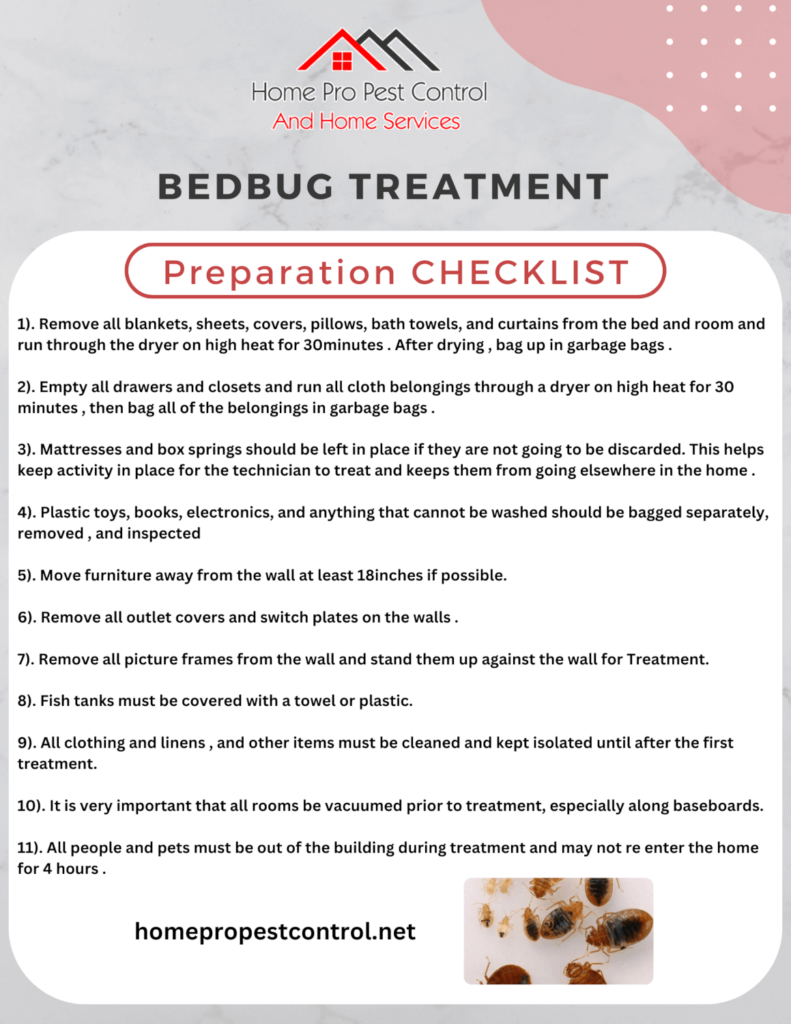About Bed Bug Services
Table of ContentsThe Only Guide to Bed Bug ServicesSome Known Details About Bed Bug Services Our Bed Bug Services DiariesSome Known Questions About Bed Bug Services.
A professional bed bug inspection is far more detailed than a casual glance and demands careful attention. Bed bugs are small, elusive, and adept at hiding that seek cracks, crevices, and furniture seams. Because of their secretive nature, meticulous assessment is critical to accurately locate and quantify infestations. Professional inspectors rely on specialized equipment, systematic procedures, and experience to detect bed bugs accurately, preventing spread and further infestation.The first step in the inspection process involves knowing the habits and life cycle of bed bugs. Bed bugs belong to the Cimicidae family and progress through eggs, several nymphs, and adult stages. Adults are typically small, oval-shaped, reddish-brown, wingless, and equipped with long legs and antennae. Their mouthparts are designed to pierce skin and extract blood, often causing red, itchy welts on hosts. Knowing these traits helps inspectors anticipate hiding spots.
Early detection is essential for preventing large infestations. Professionals look for specific indicators such as fresh droppings that resemble small ink dots, old stains, shed skins, eggs, or eggshells (Bed Bug Services). Even one female can produce dozens of eggs quickly, resulting in serious outbreaks. Evidence of molted skins or eggshells shows that the infestation is current and requires prompt inspection
Preparing for an inspection requires attention to detail. Inspectors often suggest tidying up spaces to allow full access, which makes it easier to inspect furniture and wall edges. Bedding and linens may be cleaned thoroughly and sealed in plastic bags, and then stored in sealed bags to prevent re-infestation. Wall decor, mirrors, and pictures may need to be removed to check hiding places. Vacuuming furniture and floors may capture visible bugs and eggs, and vacuum bags should be emptied in a secure location.
Bed Bug Services Fundamentals Explained
The inspection itself is methodical and detailed. Inspectors start with beds and adjacent furniture, paying attention to edges, seams, and potential hiding spots. Upholstered furniture, including look at more info couches and chairs, is carefully examined, with attention to seams and cushions. Baseboards, moldings, the edges of wall-to-wall carpeting, electrical outlets, closets, and storage areas receive detailed attention, as these can be frequent hiding places.
Specialized tools enhance detection accuracy. Flashlights, magnifying lenses, multi-tools, and mirrors provide visibility in crevices and corners. Monitoring devices like interceptor traps or sticky pads allow ongoing monitoring of pest activity. Some companies use detection dogs, which can locate live bed bugs quickly, distinguishing them from non-active traces.

Meticulous documentation is a key component. Inspectors maintain detailed notes of findings, areas affected, and next steps. This supports transparency and helps with client communication. Residents are often advised not to remove blood-stained sheets or vacuum infested areas, as this prevents loss of critical information.
After inspection, a monitoring useful content plan may be implemented to verify infestations and observe trends. Continuous monitoring assesses the effectiveness of treatment, and asking residents about bites and sightings provides additional insight. Cooperation from residents ensures accuracy.
Not known Facts About Bed Bug Services

Professional inspections provide confidence that infestations are correctly identified. Trained inspectors recognize early evidence of bed bugs, prevent misdiagnosis, and give peace of mind.
Bed bug inspections are particularly important in places where infestations spread easily. Inspectors continue reading this check neighboring rooms and shared spaces to identify potential spread (Bed Bug Services). This stops further spread
In summary, a professional bed bug inspection includes identifying the pest, readying the environment, inspecting meticulously, employing tools, maintaining records, and ongoing monitoring. Each step supports early detection, informs treatment, and reduces future risk.
Get This Report about Bed Bug Services
